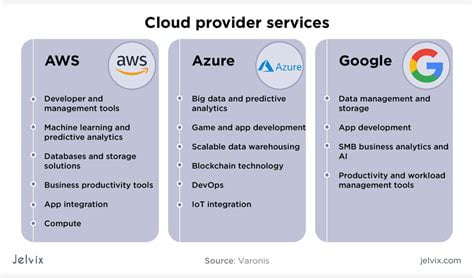Data structures big oh notation is an essential concept in computer science that helps measure the efficiency of algorithms. Understanding how data structures work can help you create efficient algorithms that can solve complex problems quickly. This article will help you understand the basics of data structures big oh notation and how it can help you create algorithms that run faster.
What is Data Structures Big Oh Notation?
Big Oh notation is a mathematical representation that helps measure the efficiency of algorithms. It is used to estimate the worst-case scenario of the time complexity of an algorithm. In simpler terms, it helps you understand how long it will take for an algorithm to run based on the size of the input.
Why is Big Oh Notation Important?
Big Oh notation is important because it helps you understand the efficiency of an algorithm. As the size of the input grows, the time complexity of an algorithm can increase significantly. By understanding the time complexity of an algorithm, you can optimize your code to run more efficiently and avoid performance issues.
What are the Common Big Oh Notation Categories?
The most common big oh notation categories are:
- O(1) – constant time
- O(log n) – logarithmic time
- O(n) – linear time
- O(n log n) – linearithmic time
- O(n^2) – quadratic time
- O(2^n) – exponential time
How to Calculate Big Oh Notation?
To calculate big oh notation, you need to understand the number of operations an algorithm performs based on the size of the input. You should consider the worst-case scenario when calculating big oh notation. Once you have determined the number of operations, you can match it with the appropriate big oh notation category.
What is the Best Big Oh Notation?
The best big oh notation is O(1) because it means the algorithm runs in constant time, regardless of the size of the input. However, achieving O(1) is not always possible for all algorithms. In some cases, you may need to settle for a higher big oh notation category.
How Can You Improve Big Oh Notation?
You can improve big oh notation by optimizing your algorithms. Some ways to optimize include reducing unnecessary operations, using efficient data structures, and reducing the size of the input where possible. By improving big oh notation, you can create algorithms that run faster and more efficiently.
FAQ
What is Data Structures Big Oh Notation?
Big Oh notation is a mathematical representation that helps measure the efficiency of algorithms.
Why is Big Oh Notation Important?
Big Oh notation is important because it helps you understand the efficiency of an algorithm and avoid performance issues.
What are the Common Big Oh Notation Categories?
The most common big oh notation categories are O(1), O(log n), O(n), O(n log n), O(n^2), and O(2^n).
How to Calculate Big Oh Notation?
To calculate big oh notation, you need to understand the number of operations an algorithm performs based on the size of the input and match it with the appropriate big oh notation category.
What is the Best Big Oh Notation?
The best big oh notation is O(1) because it means the algorithm runs in constant time, regardless of the size of the input.
How Can You Improve Big Oh Notation?
You can improve big oh notation by optimizing your algorithms, reducing unnecessary operations, using efficient data structures, and reducing the size of the input where possible.
What is Time Complexity?
Time complexity is the amount of time an algorithm takes to complete based on the size of the input.
What is Space Complexity?
Space complexity is the amount of memory an algorithm requires to complete based on the size of the input.
What is the Difference Between Best, Worst, and Average Case?
The best case is the scenario where an algorithm performs optimally, the worst case is the scenario where an algorithm performs the worst, and the average case is the scenario where an algorithm performs somewhere in between.
What is the Difference Between Big Oh, Big Omega, and Big Theta?
Big Oh is used to represent the upper bound of the time complexity, Big Omega is used to represent the lower bound of the time complexity, and Big Theta is used to represent the tight bound of the time complexity.
Pros
Data structures big oh notation helps measure the efficiency of algorithms, allowing developers to create faster and more efficient code. By optimizing code, developers can reduce performance issues and improve overall application performance.
Tips
When working with data structures big oh notation, it is important to consider the worst-case scenario and optimize your code accordingly. Use efficient data structures and algorithms to improve performance, and reduce the size of the input where possible.
Summary
Data structures big oh notation is a mathematical representation that helps measure the efficiency of algorithms. By understanding big oh notation, you can optimize your algorithms and create more efficient code. Remember to consider the worst-case scenario and use efficient data structures to improve performance.
 Eltupe Technology And Software Updates
Eltupe Technology And Software Updates



